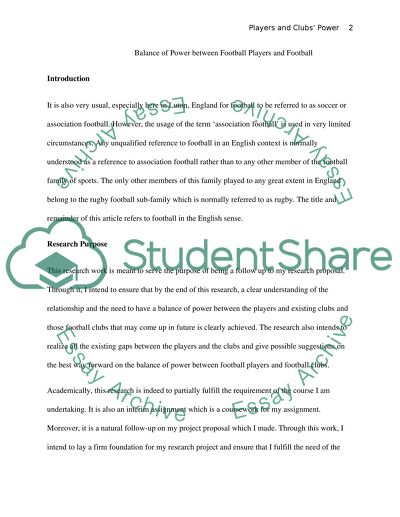Cite this document
(“Balance of Power between Football Players and Football Case Study”, n.d.)
Retrieved from https://studentshare.org/sports-and-recreation/1520893-football-players-and-football-clubs
Retrieved from https://studentshare.org/sports-and-recreation/1520893-football-players-and-football-clubs
(Balance of Power Between Football Players and Football Case Study)
https://studentshare.org/sports-and-recreation/1520893-football-players-and-football-clubs.
https://studentshare.org/sports-and-recreation/1520893-football-players-and-football-clubs.
“Balance of Power Between Football Players and Football Case Study”, n.d. https://studentshare.org/sports-and-recreation/1520893-football-players-and-football-clubs.


